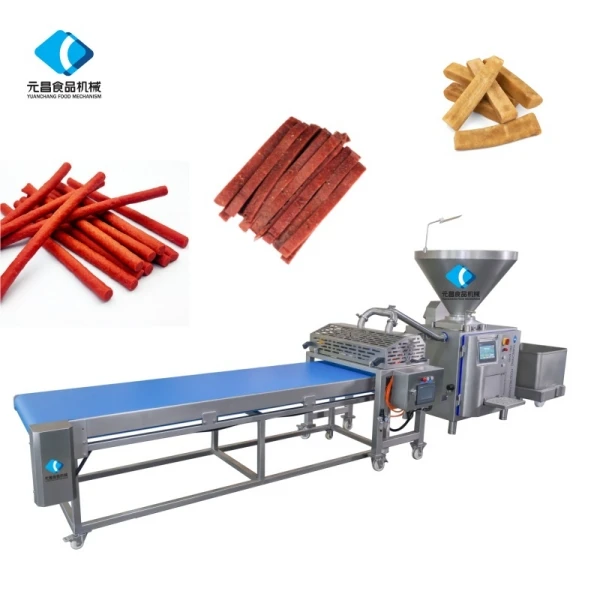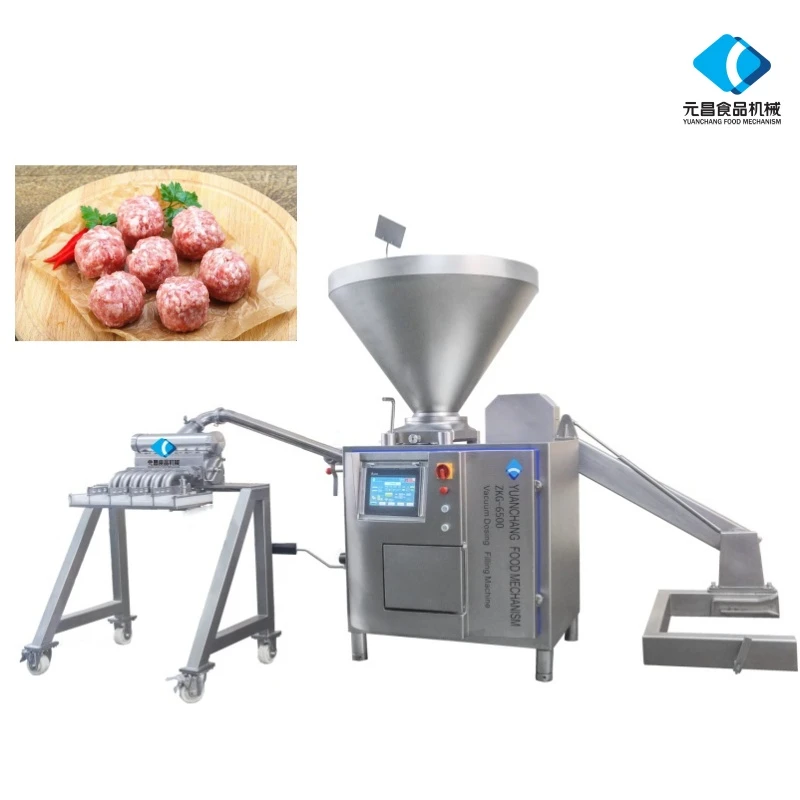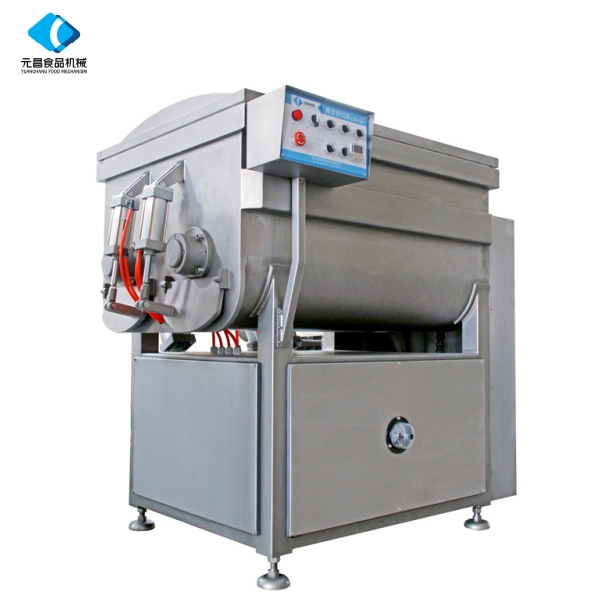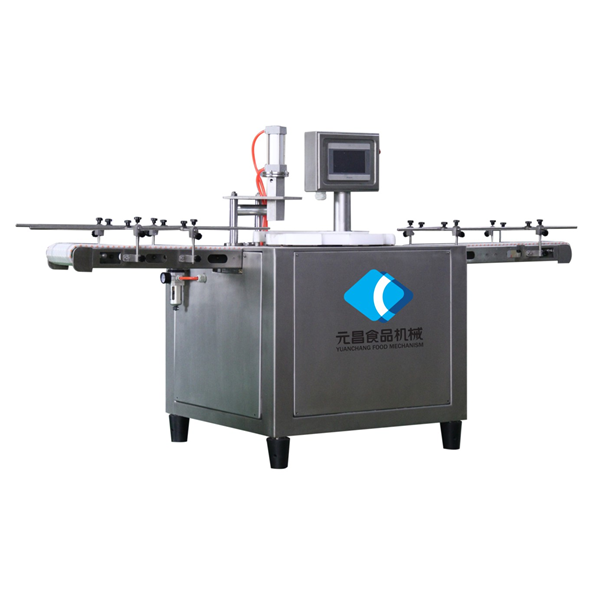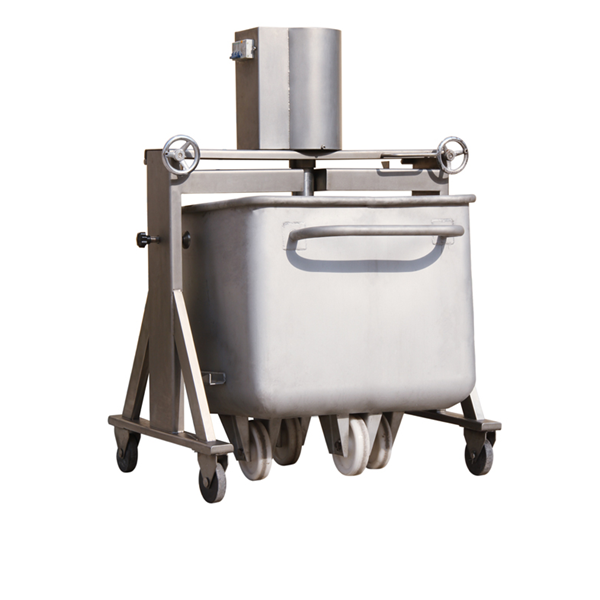Hopper Trolley for Bulk Material | Heavy-Duty, Safe Dumping
Field Notes on the Hopper Trolley Electric Trailer for Meat Plants
I’ve walked enough cold rooms to know: moving buggies all shift is a backbreaker. The Meat Buggy Electric trailer coming out of Shijiazhuang, Hebei Province—built in stainless and purpose‑made for food plants—answers a very old problem with a practical, cleanable drive unit. It’s designed for −20°C to 60°C, which, to be honest, is exactly the band most processors live in. And yes, detachable batteries (lithium‑ion or lead‑acid) are on the menu, which operators like because swapping is faster than waiting on a charge.

Industry pulse
There’s a clear trend toward powered assist in intralogistics: fewer strain injuries, steadier takt time, and tighter sanitation specs. In fact, many customers say they’re swapping manual pushes for compact tugs to stabilize throughput between grinding, mixing, and packaging. This unit ties right into that shift, pairing with Hopper Trolley and meat buggy formats without reworking floors.
Where it gets used
- Red meat, poultry, and seafood plants—chilled rooms, blast freezers.
- Cooked foods and deli—washdown corridors and spice rooms.
- Bakeries and ingredient handling—wet or dusty zones.
- Cold-chain distribution—dock staging, cross-docking lanes.
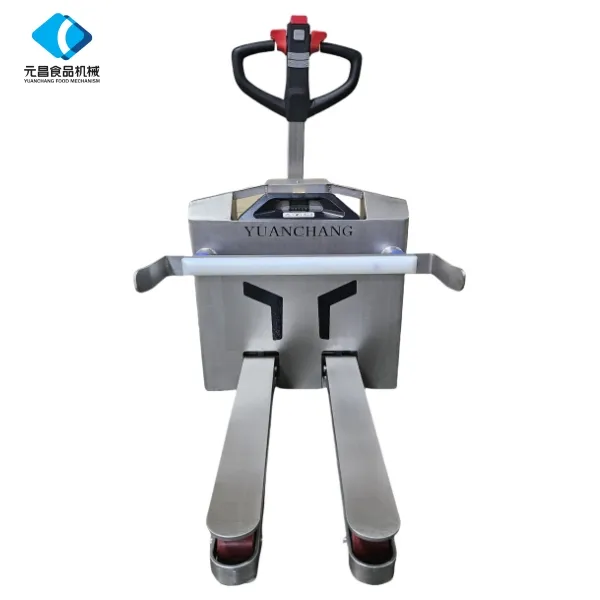
Product snapshot: Meat Buggy Electric trailer
| Parameter | Spec (≈ values; real‑world use may vary) |
|---|---|
| Chassis/Body | 304/316L stainless steel, TIG welded, electropolished |
| Operating temperature | −20°C to 60°C |
| Rated towing capacity | ≈600–1200 kg per train (dependent on floor and gradient) |
| Speed control | 0–5 km/h, variable, soft‑start/stop |
| Batteries | Detachable Li‑ion (e.g., 48V class) or lead‑acid options |
| Runtime | ≈6–10 h typical shift use; hot‑swap capable |
| Ingress/NEMA | Controls up to ≈IP65; sealed connectors |
| Noise | <70 dB(A) typical |
| Service life | Chassis ≈8–10 years; Li‑ion 1000–1500 cycles; Pb ≈500–800 cycles |
| Compatibility | Hooks/pins for Hopper Trolley and meat buggy frames |
How it’s built and tested
Materials: food‑grade stainless, smooth radii, minimal crevices. Methods: TIG welding, passivation, electropolish on request. QA: torque auditing, load pull tests, brake hold on 6–10% grades, salt‑spray checks on fasteners (ASTM B117), and electrical safety to IEC 60204‑1 principles. Hygienic design follows ISO 14159 and EN 1672‑2 guidance; gasketed panels support hose‑down. Battery safety aligns with IEC 62133 for Li‑ion packs. Service manuals include clean‑in‑place notes—simple but surprisingly effective.
Why operations teams pick it
- Cuts repetitive push/pull—less strain, steadier cycle times.
- Washdown tolerant; stainless means fewer corrosion headaches.
- Detachable power: charge room stays outside production.
- Predictable control—no jerk, better spill prevention when towing a Hopper Trolley.
Vendor snapshot (indicative)
| Vendor | Material & Hygiene | Temp Range | Battery Options | Compliance Readiness |
|---|---|---|---|---|
| YC Meat Mech (Hebei) | 304/316L SS, electropolish option | −20°C to 60°C | Li‑ion or Lead‑acid (detachable) | ISO 14159, EN 1672‑2, CE documentation |
| Generic Cart Co. | Painted steel, basic washdown | 0°C to 40°C | Lead‑acid only | General CE, limited hygiene focus |
| Warehouse E‑Tug | Aluminum/steel blend | −10°C to 45°C | Li‑ion fixed pack | Warehouse spec; food add‑ons optional |
Customization menu
Tow hooks to match your Hopper Trolley geometry, upright or low‑profile handles, cold‑room tires, E‑stop locations, beacon lights, and smart chargers. I guess the sleeper hit is quick‑release battery cradles—maintenance loves them.
A quick plant story
One Hebei poultry site reported a 23% faster buggy turn between cut‑up and marination after deployment; more interestingly, HR logged fewer shoulder complaints within two months. Operators said “it just feels calmer” around choke points. Not a lab study, but real floors tell the truth.

Certifications and standards touchpoints
- Hygienic design: ISO 14159; EN 1672‑2 for food machinery.
- Battery safety (Li‑ion): IEC 62133‑2; charger EMC to IEC 61000 series.
- Machinery risk reduction: ISO 12100; electrical safety per IEC 60204‑1 principles.
- Sanitary design good practice: EHEDG guidance; plant systems under ISO 22000/HACCP.
References:
- ISO 14159: Hygiene requirements for the design of machinery — iso.org
- EN 1672‑2: Food processing machinery — cencenelec.eu
- IEC 62133‑2: Safety requirements for portable sealed secondary Li‑ion cells — iec.ch
- ISO 12100: Safety of machinery — General principles for design — iso.org
- EHEDG Hygienic Design Guidelines (Docs 8/13) — ehedg.org
-
Discover the Benefits of Vacuum Marinating Machines for Efficient Food ProcessingNewsNov.24,2025
-
The Ultimate Guide to Commercial Chicken Scalders: Efficiency, Sustainability & InnovationNewsNov.23,2025
-
Chicken Harvesting Equipment: Efficient & Humane Solutions for Poultry ProducersNewsNov.22,2025
-
Comprehensive Guide to Meat Processing Plant Equipment | Efficiency, Safety & SustainabilityNewsNov.21,2025
-
Meat Processing Bins: Durable Solutions for Safe & Efficient Meat Handling WorldwideNewsNov.20,2025
-
Best Commercial Marinating Machines for Meat Processing | Efficient & ScalableNewsNov.20,2025





